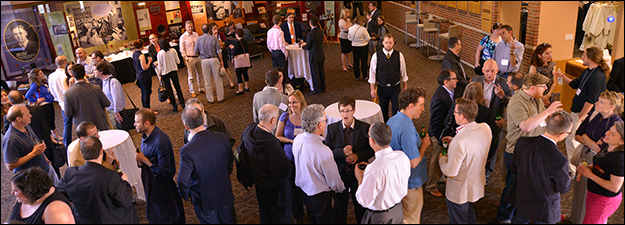The Meanings of Erasure
Sponsoring Organization(s)
Special Session
Organizer Name
Elina Gertsman
Organizer Affiliation
Case Western Reserve Univ.
Presider Name
Elina Gertsman
Paper Title 1
The Deliberate Erasure of Medieval Churches
Presenter 1 Name
Janet T. Marquardt
Presenter 1 Affiliation
Smith College
Paper Title 2
Revision and Revisionism in Matthew Paris's Maps of the Holy Land
Presenter 2 Name
Asa Simon Mittman
Presenter 2 Affiliation
California State Univ.-Chico
Paper Title 3
"No voy-de wordes": William Caxton and Chaucer's House of Fame
Presenter 3 Name
Charles Wuest
Presenter 3 Affiliation
Southern Methodist Univ.
Paper Title 4
Consuming Priapus: The Medieval Women of Antwerp and Their Distasteful Pagan Magic
Presenter 4 Name
Nancy J. Kay
Presenter 4 Affiliation
Merrimack College
Start Date
16-5-2015 10:00 AM
Session Location
Fetzer 1035
Description
Recent scholarly interest in whiteness, emptiness, and material destruction that pervade medieval visual culture demonstrate a shift in focus: where art historians have historically focused on figuration, they now turn to the instances of material absence. This session will explore the notion of erasure and its function in transforming the object being partially or completely defaced, expunged, rubbed out. How does erasure augment and subvert the meanings of the original image? What does it tell us about the process of engagement with medieval material culture? Does erasure ever equal silence, or does it announce itself as a loud presence on manuscript pages, stone exteriors, and wood and canvas surfaces? And what of the erased word: how does that compromise or transmute the complex text-image relationships?
Elina Gertsman
The Meanings of Erasure
Fetzer 1035
Recent scholarly interest in whiteness, emptiness, and material destruction that pervade medieval visual culture demonstrate a shift in focus: where art historians have historically focused on figuration, they now turn to the instances of material absence. This session will explore the notion of erasure and its function in transforming the object being partially or completely defaced, expunged, rubbed out. How does erasure augment and subvert the meanings of the original image? What does it tell us about the process of engagement with medieval material culture? Does erasure ever equal silence, or does it announce itself as a loud presence on manuscript pages, stone exteriors, and wood and canvas surfaces? And what of the erased word: how does that compromise or transmute the complex text-image relationships?
Elina Gertsman

